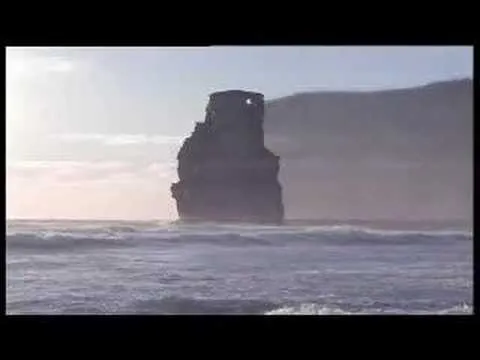Hello to all! After being absent from blogging, I decided to make a come back, or at least try to....
Did you miss the weird phenomenon series? Because today I got you another amazing place on this planet where nature's imagination has sculpted a spectacular and awe inspiring landscape after years and years of hard work!
Wanna know where this place is?
I'll give you a hint:
@terrylovejoy lives there...
What?!
You don't know our great astro-photographer?
Come on, I'll give you another hint:
There are lots of spiders in that country!
Still not a clue?
You're really disappointing me now, guys.
How about a third hint:
Kangaroos and koalas live there!
Austria?!
You seriously suck at geography
-no offense!
For this episode we're travelling to AUSTRALIA.
Along the Great Ocean Road in Victoria, you can find the Port Campbell National Park. A place in the south-eastern edge of the country, the park is rich in sights that will take your breath away. The London Arch, a "natural bridge" into the sea that collapsed and left a lonely arc standing tall over the waves, the Loch Ard Gorge, the cliffs of the Gibson Steps and the famous sinkhole, the Grotto are among the fascinating attractions for visitors. [1, 6]
Another attraction, this time at sea, is the spectacular stacks that form the "creed" of the Twelve Apostles!
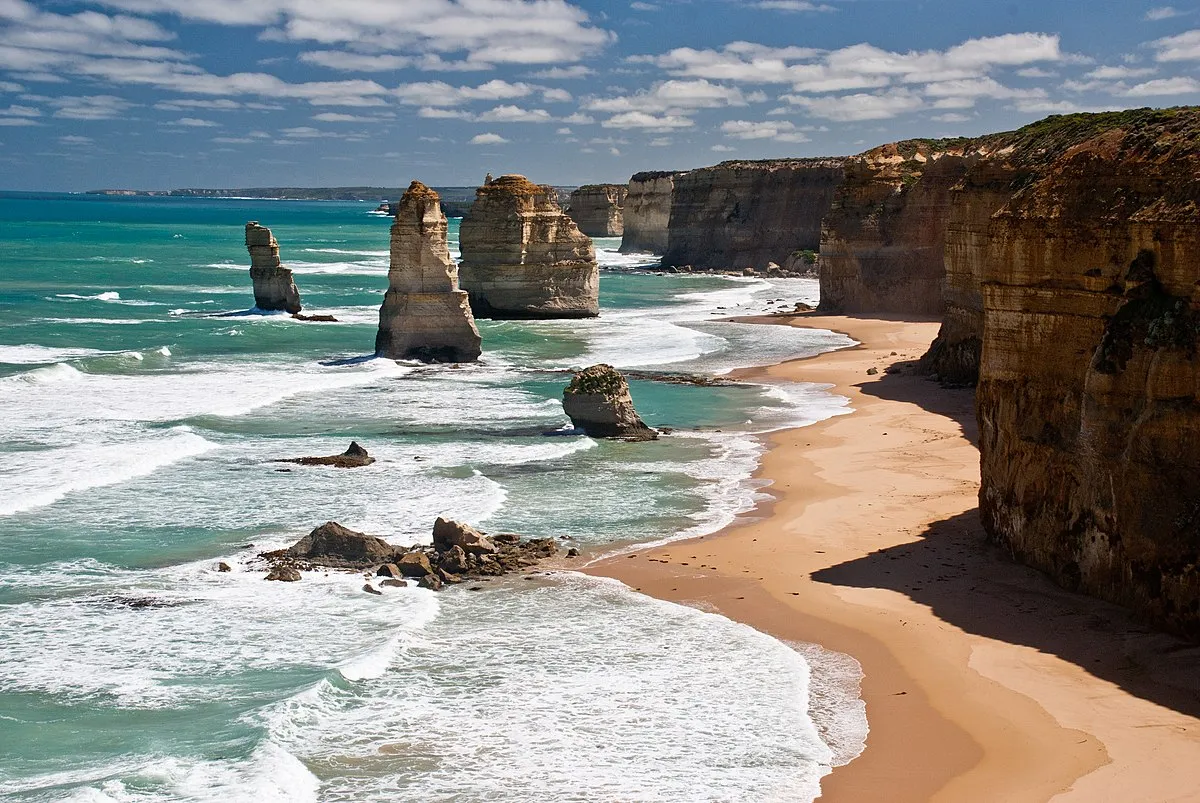
Image: source, wikimedia - credits, Richard Mikalsen - license, cc by-sa 3.0
No, this is not the worshiping place of another cult! It is just the result of nature's creativity and cruelty combined.
The Southern or Antarctic Ocean has been carving out the rich in limestone rocks and created those beautiful formations as high as 50 meters that are popping out in the sea. For as far as 17 km along the Shipwreck Coast, you can watch those sea stacks rising up through the waves and offering a scenic view for nature lovers and photographers to enjoy! [1, 6]
How it all started
Twenty million years ago, the ocean waves and the wind started eating up the cliffs of the south-eastern shores. The cliffs made of mudstone, clay and limestone were susceptible to erosion and the variety in the soil mixture explains the "abnormalities" in the shape of the pillars. With the clay and mudstone being less dense than limestone, it is only natural that these layers were removed sooner than limestone. [1, 6]
Initially, the water had carved out caves in the cliff walls, but over thousands and thousands of years the caves turned into arcs and the arcs finally collapsed, leaving behind what are today known as the Twelve Apostles. It is only amazing to think of how sneaky the ocean water can be, as it beats against the cliffs and slowly pierces through them, surrounds several pieces of land and chops them off chunk after chunk. It is estimated that the columns lose 2 cm on a yearly basis, so just imagine how much patience and persistence it took for those rocks to be sculpted like that! [1, 6]
Not always that pious
The pillars were formerly called the Sow and Piglets, with Muttonbird Island being the Sow and the pigs... oh well, these were the Apostles. [1, 6]
And not twelve in number
Although called twelve, the formations were only nine and that until 2005. On July 3rd, one of the columns collapsed, narrowing the number down to eight. And four years later, in 2009, another stack falls down and is mistaken for an Apostle, but it turned out it was one of the tree stacks from the Three Sisters formation nearby. [1, 3, 6]
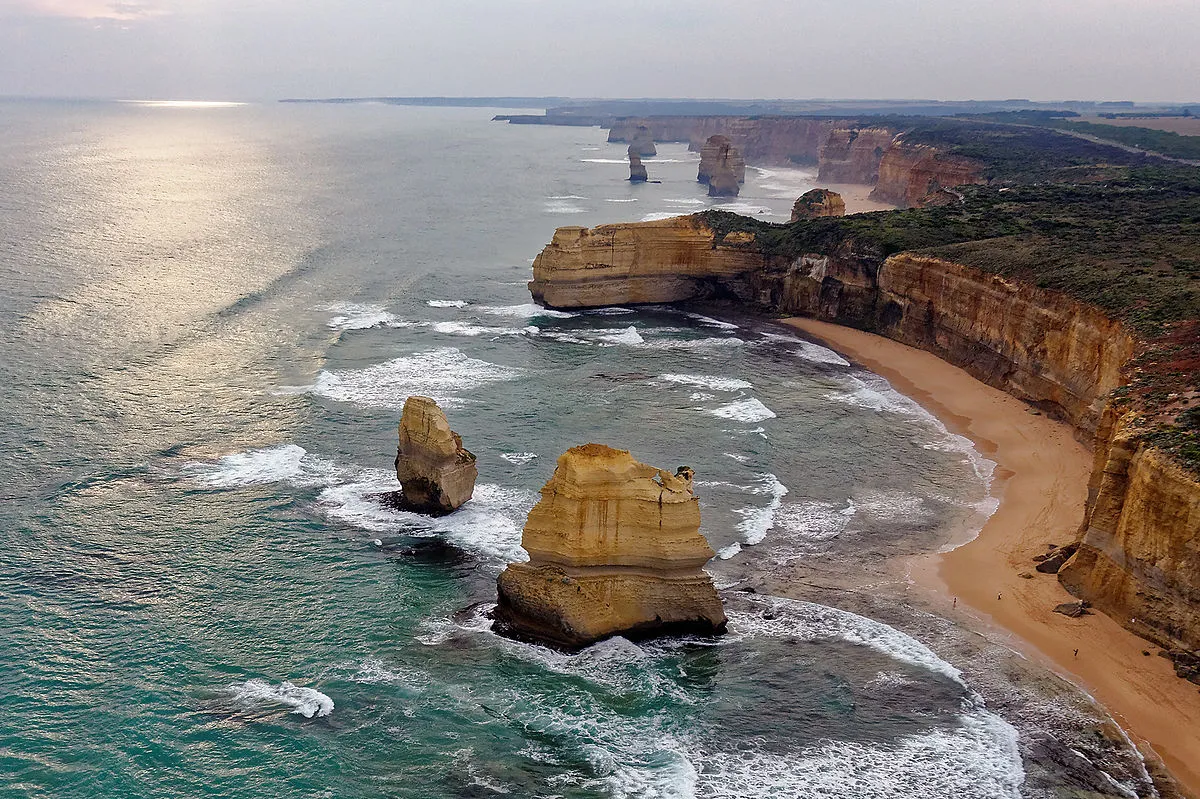
Image: source, wikipedia - credits, Michael J Fromholtz - license, cc by-sa 4.0
Perhaps thirteen if you add their cousins, the... drowned apostles!
Sea stacks are common formations, although remarkable and unique in the way the forces of air and water create them, they are not a rare occurrence. What is indeed rare in this occasion is the discovery of five underwater pillars, just 12 kilometers farther from the Twelve Apostles. [2, 4, 7]
Discovered accidentally, during an attempt to map the reef floor and study the marine life of the southern shores, those stacks live 50 meters below the surface, are a lot shorter than those along the coast (4-6 meters high) and date as much as 60,000 years back! Although they should have vanished by now, the pillars are still preserved safely beneath the ocean waters surprising scientists with their strong "survival instinct"! [2, 4, 7]
It is believed that they are made out of the same limestone rocks with their Twelve Apostle "cousins", but their formation must have begun when the sea levels started to rise, so they were safely "preserved" under the water, since they were not exposed to erosion by winds and waves. [2, 4, 7]
Planning a trip there?
You can check the official website for the Great Ocean Road and learn more. In there you'll find contact information for the Visitor Center as well.
Here is a short audiovisual re-cap
Erosion is a routine
Every day wind and water carve up those limestone formations. The landscape keeps changing, shifting from one look to another. Inevitably, chunks of rocks will fall down, pillars will disappear into the waters and arcs will drop their bridges, leaving previously connected chunks of land alone and stranded. The place is evolving, just like all of us are, it's a sign that it's alive and a "slave" to the sneakiest and most patient force on the planet... time!
Wanna have a taste of what the place looked like before various formations around the area collapsed?
Go check this youtube video
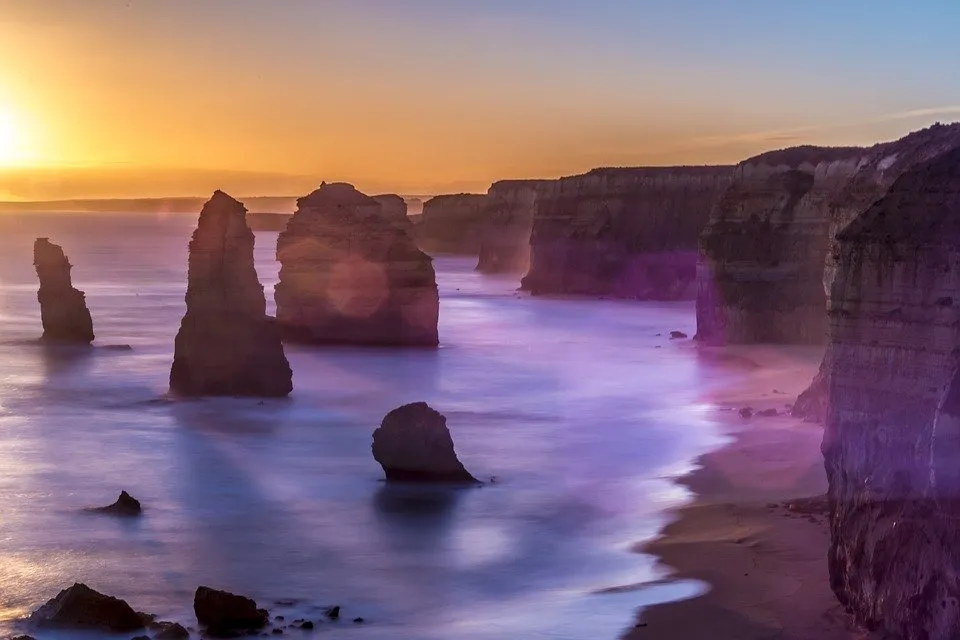
Image: source, maxpixel - license, public domain
References
[1] wikipedia.org
[2] abc.net.au
[3] news.com.au
[4] cnbc.com
[5] visit12apostles
[6] greatoceanroadmelbournetours.com.au
[7] smh.com.au

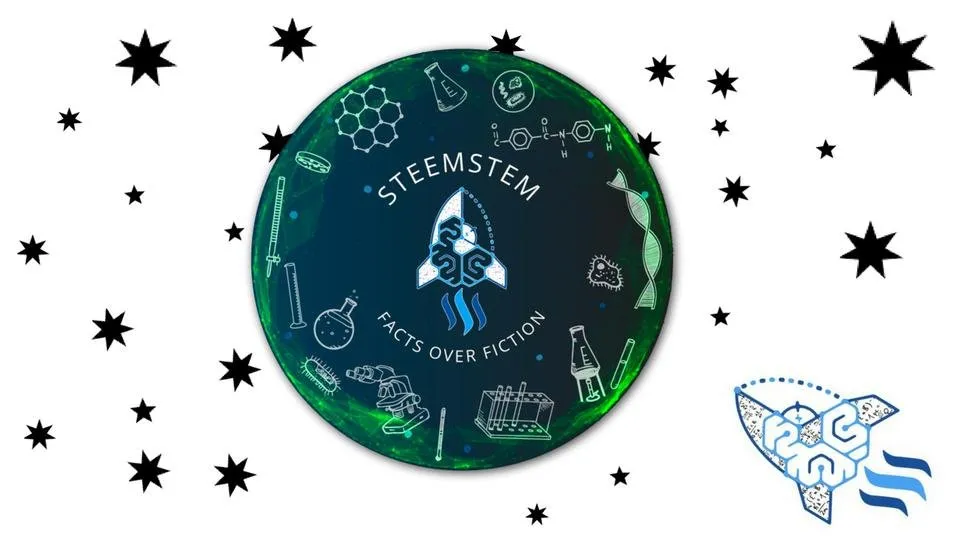
PS: Don't forget that @steemstem has now got a witness running, the @stem.witness! We would really appreciate your vote. And you can always check out our app, steemstem.io!

Thank you so much for your time!
Until my next post,
Steem on and keep smiling, people!


